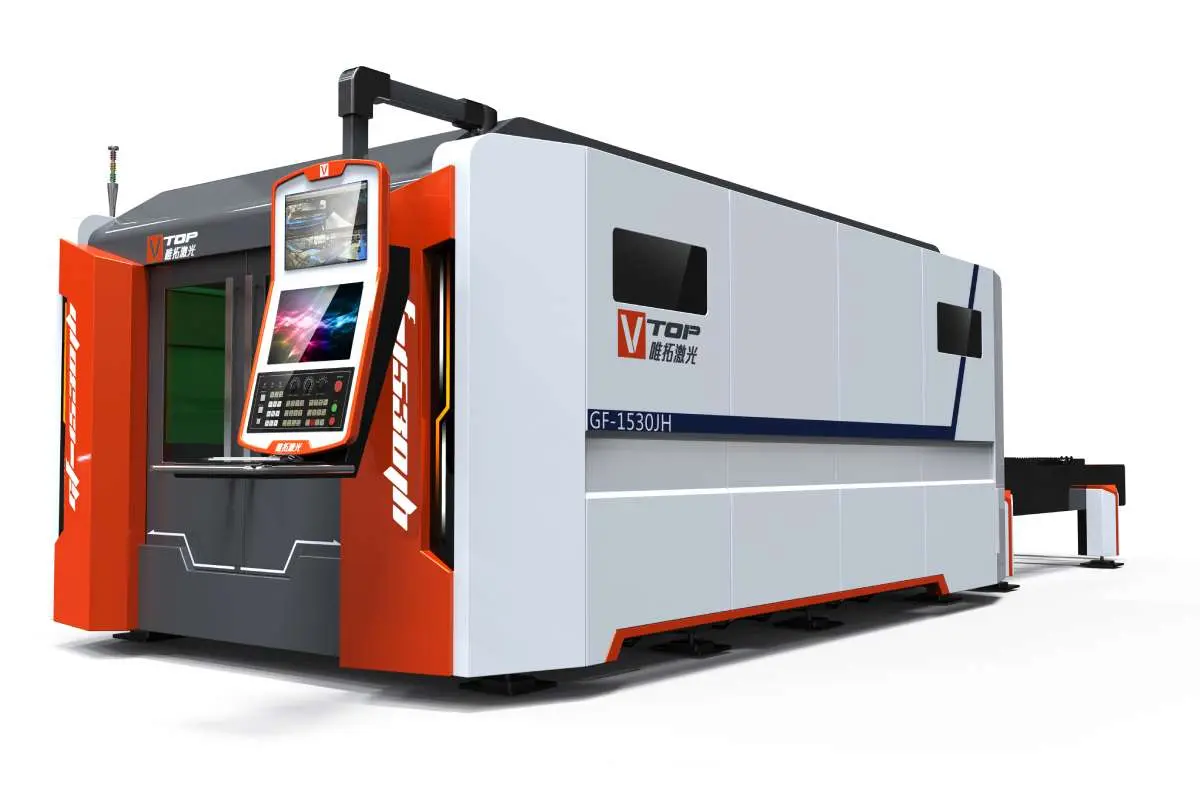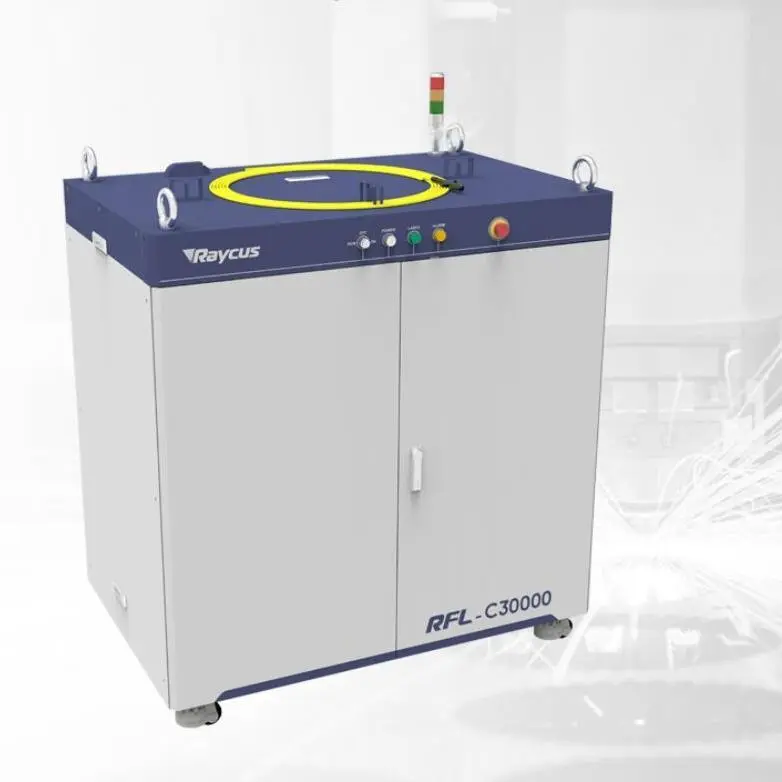In the world of metal fabrication, precision and efficiency are key. With advancements in technology, the use of laser cutters for mild steel has revolutionized the way metal is cut and shaped. Laser cutting offers a level of precision and detail that traditional cutting methods simply cannot match. This technology has quickly become a vital tool for metal fabricators looking to produce high-quality pieces with quick turnaround times.
One of the main advantages of using a laser cutter for mild steel is the precision it offers. The laser beam is directed by a computer program that can accurately cut through the metal with minimal kerf, or the width of the cut. This means that intricate designs and shapes can be cut with ease, allowing for more creativity in metal fabrication projects. The ability to easily cut holes, slots, and complex patterns makes laser cutting an ideal choice for projects that require a high level of detail.

Revolutionizing Metal Fabrication with Laser Cutter For Mild Steel
Another benefit of using a laser cutter for mild steel is the speed at which it can cut through the material. Traditional cutting methods such as sawing or shearing can be time-consuming and labor-intensive. Laser cutting, on the other hand, is a quick and efficient process that can significantly reduce production time. This can be especially beneficial for metal fabricators working on tight deadlines or with large quantities of pieces to produce.

Revolutionizing Metal Fabrication with Laser Cutter For Mild Steel
Additionally, laser cutting is a relatively clean and precise cutting method. Unlike other cutting processes that can leave behind burrs or rough edges, laser cutting produces clean, smooth cuts that require minimal finishing work. This can save time and money in the long run, as there is less need for additional processing to achieve the desired finish.

Revolutionizing Metal Fabrication with Laser Cutter For Mild Steel
While laser cutting for mild steel does offer many advantages, it is important to note that there are certain limitations to consider. The thickness of the material being cut, for example, can impact the quality of the cut. Thicker materials may require multiple passes with the laser to achieve the desired result, which can increase production time. Additionally, the cost of purchasing and maintaining a laser cutting machine can be significant, making it a more suitable option for high-volume production or specialized projects.
In conclusion, laser cutting for mild steel has become a game-changer in the world of metal fabrication. Its precision, speed, and clean cutting capabilities make it an ideal choice for projects that require a high level of detail and efficiency. While there are limitations to consider, the benefits of using a laser cutter for mild steel far outweigh the drawbacks for many metal fabricators. As technology continues to advance, the use of laser cutting in metal fabrication will only continue to grow in popularity. Fiber Optic Laser Cutting
